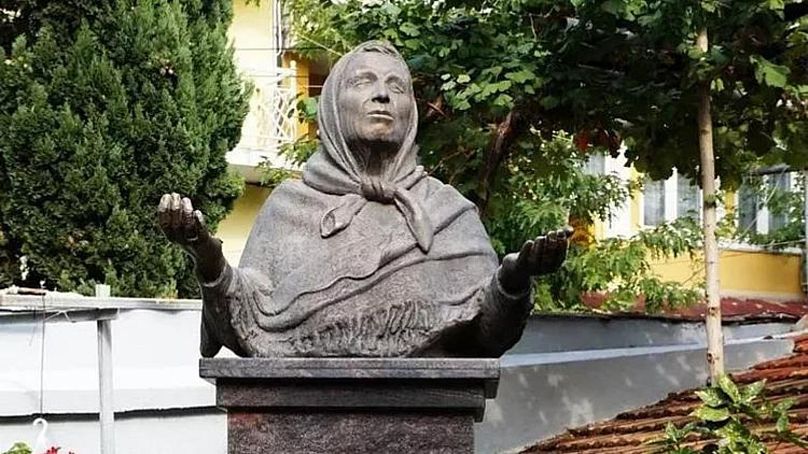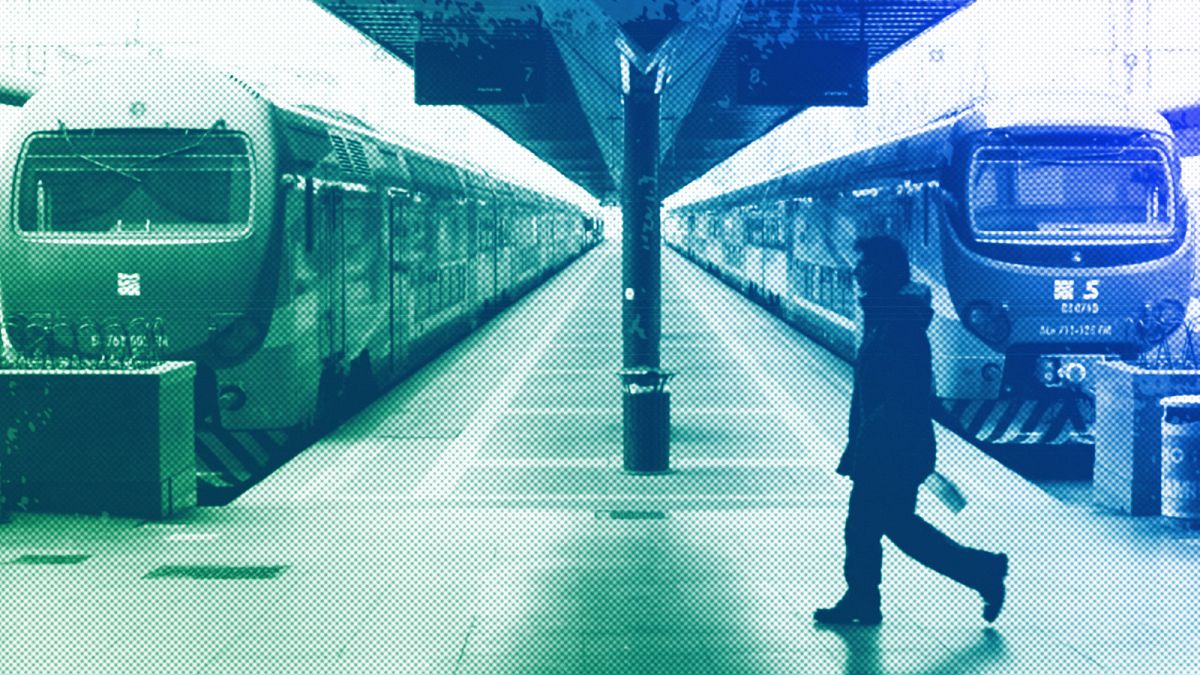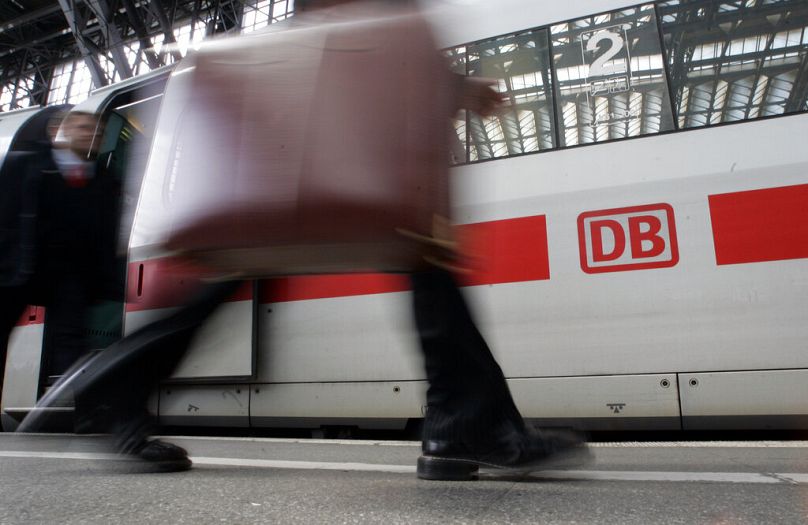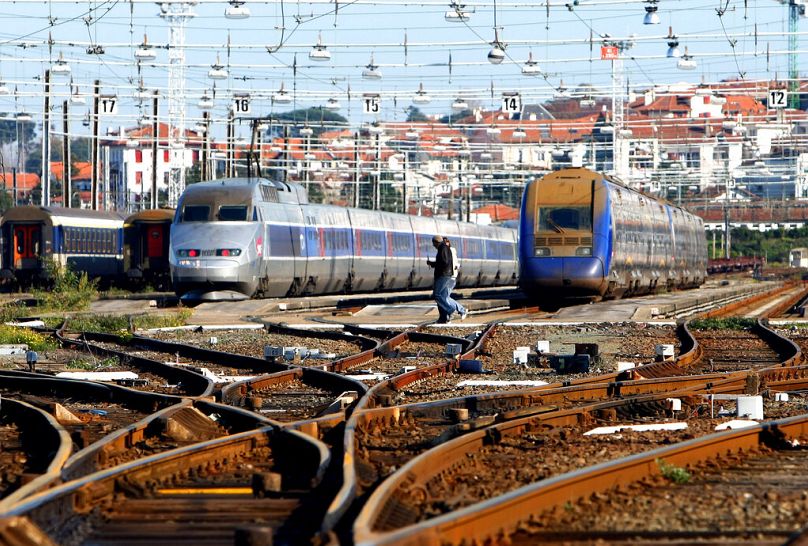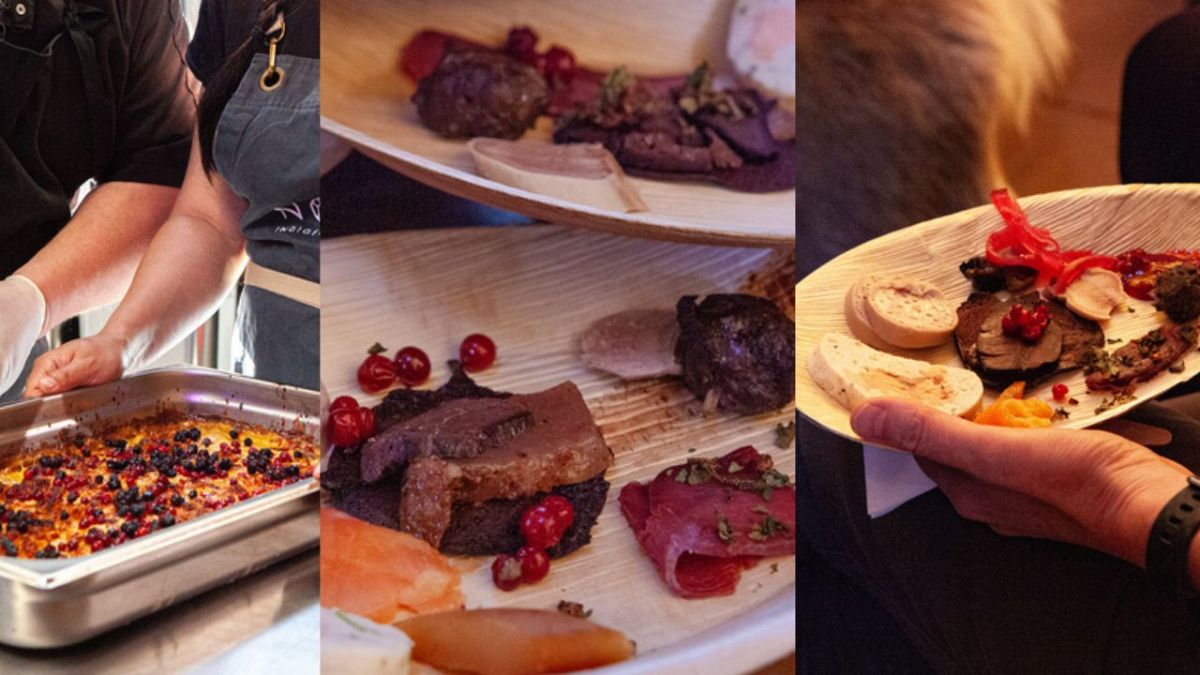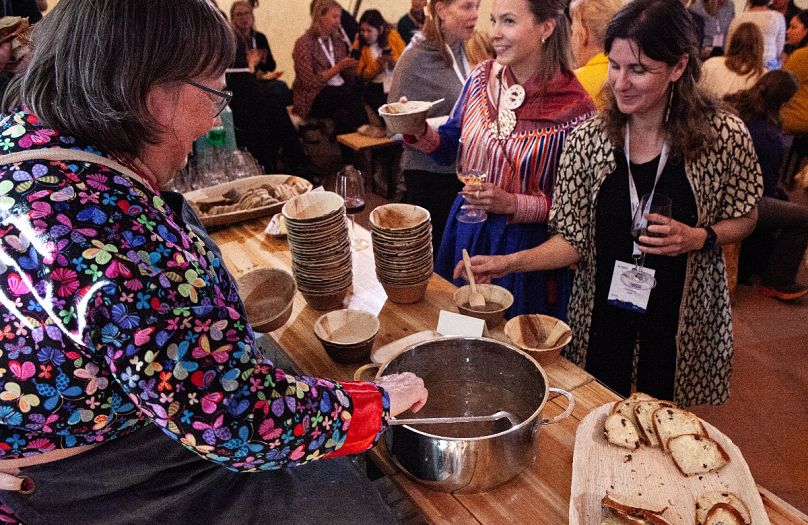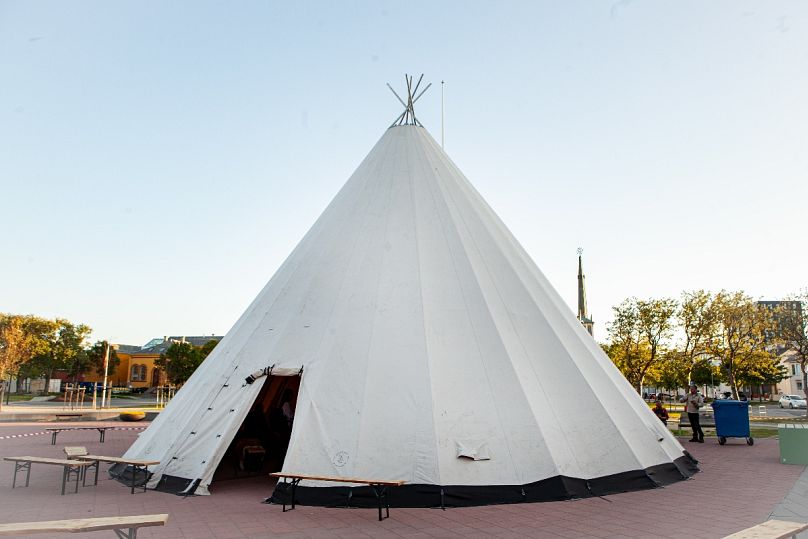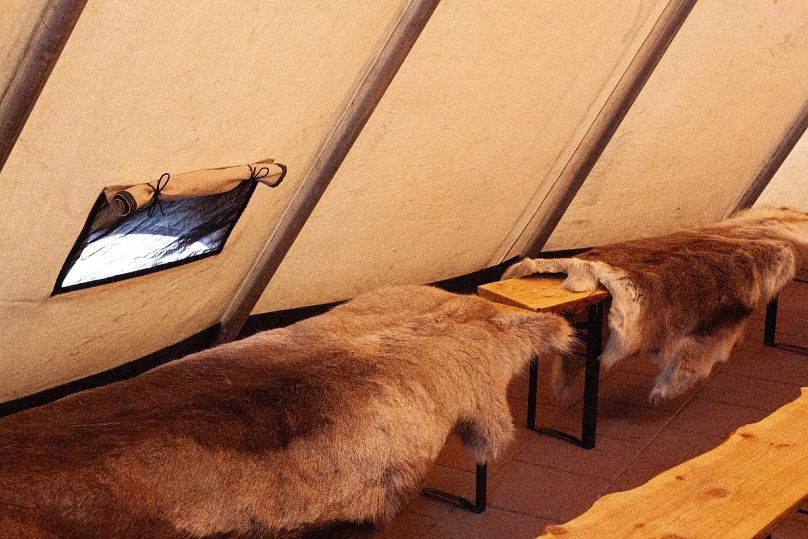The end of the world as we know it: Famous soothsayer Baba Vanga’s prediction for 2025 is terrifying
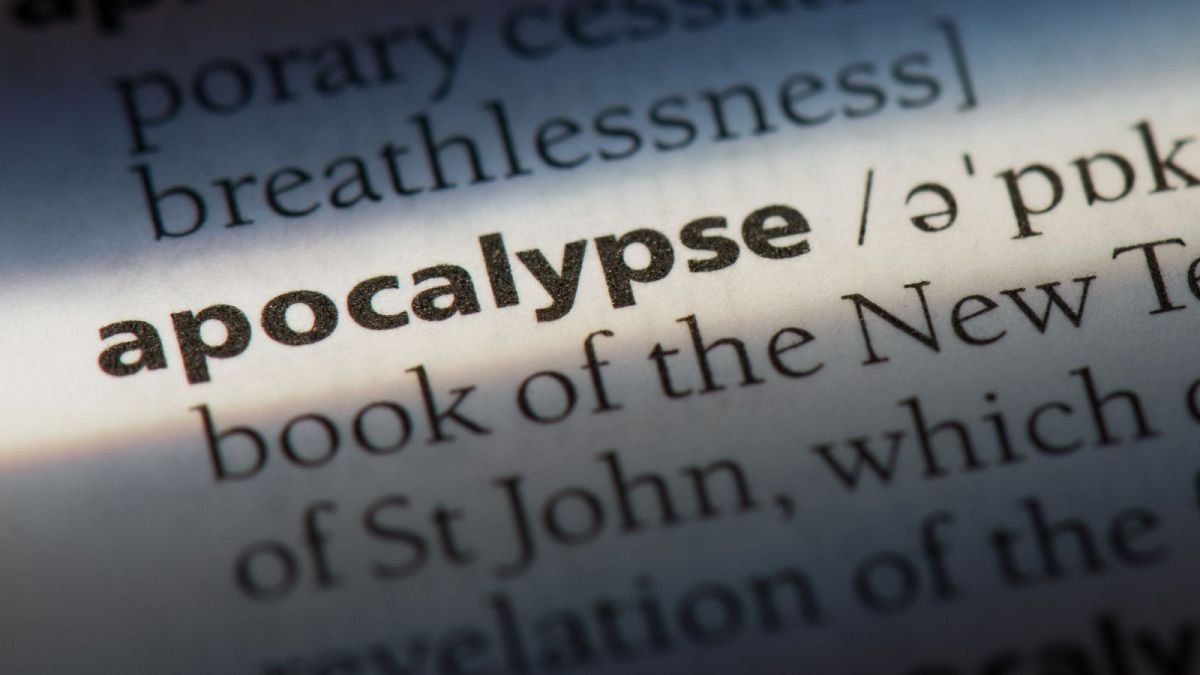
As if we didn't have enough on our plate already... Altogether now: “It’s the end of the world as we know it...”
2024 hasn’t exactly been smooth sailing so far.
Japan’s devastating earthquake... Both the Russian invasion of Ukraine and the Israel-Hamas war continue... The continued rise of the far-right (despite some positive respite with the recent UK and French elections)... The death of Alexei Navalny... And let’s not forget quite how bad Madame Web was and that Kayne West is still releasing music.
We could go on, and we’ve still got the “two old men in an old man war” US election to look forward to, as well as the ongoing threat of increasingly powerful AI models spreading beyond the control of humans and governments...
Now, legendary blind soothsayer Baba Vanga has reportedly revealed that the end times will commence in 2025. More specifically, that the start of our destruction will begin next year with a conflict in Europe that will devastate the continent’s population. It will be the kickstarting of events that will ultimately culminate in our doom.
In other words: 2025 will be the beginning of our end.
Wonderful.
Scroll down for her full predictions.
For those of you who have never heard of her, Vangelia Pandeva Gushterova, popularly known as Baba Vanga or “Nostradamus of the Balkans”, was born in 1911 and had alleged prophetic abilities.
Blind since childhood, the Bulgarian clairvoyant apparently was able to see into the future, "powers" she attributed to a tornado that left her blind. These abilities first brought her to public attention in the midst of World War II, and individuals like Bulgarian Tsar Boris III and Soviet leader Leonid Brezhnev reportedly consulted her in person.
She died in 1996 and has since become a cult figure among believers of soothsaying – and, as you can imagine, conspiracy theorists.
Apparently, many of her predictions have come true long after her death. For instance, Baba Vanga is said to have foretold the death of Princess Diana, the sinking of the Russian submarine Kursk, and the 9/11 terror attacks. She even allegedly foresaw her own death on 11 August 1996 at the age of 85.
Of course, not many of the predictions attributed to her can be authenticated, as they are based on second-hand accounts.
Even though the mystic is no more, she made predictions for every year up until 5079.
Lucky us. Or maybe not, since she already made seven prophecies for 2024 – none of them particularly comforting (apart from an assassination attempt on Russian President Vladimir Putin by a fellow countryman).
Here are the famous blind mystic’s latest predictions – her timeline for our demise, if you will:
2025: War in Europe
The event that will spark humanity's demise will be an unspecified conflict in Europe which will decimate the continent's population.
2028: The exploration of Venus
Humans will begin to explore Venus as an energy source. (It's worth noting that the second planet from the Sun is inhospitable and nothing can grow there.)
2033: Melting of the ice caps
Baba Vanga reportedly foresaw that the polar ice caps will melt, raising sea levels to drastic heights worldwide.
2076: The return of Communism
Communism will spread to countries across the world.
2130: First contact
Humans will supposedly make alien contact – thereby confirming that The X Files were right all along.
2170: Global drought
Climate change will continue to ravage the planet and a drought will devastate much of the world.
3005: The Martian war
Earth will go to war with a civilization on Mars. There’s no further information on who kicked things off, but we’re betting it’s probably us and not the Martians. We’re not the friendliest of species, let’s face facts.
3797: The end of the world – Part I
The Earth will no longer be able to support life, meaning the humans that have survived the Martian war will have to vacate the Earth because it has become uninhabitable.
5079: The end of the world – Part II (For real this time)
The end of everything. The grand finale. The world ends.
There we have it.
As previously mentioned, not many of the predictions attributed to her can be authenticated, and Vanga was far from infallible, so take all of this with a fistful of salt.
She did get some right, but she did also predict that a major nuclear power plant was supposed to explode last year and that the Earth would be hit by a devasting solar storm... So we dodged those catastrophies.
It’s also worth mentioning that when it comes to predictions on our future, Vanga is not alone. The Bulletin of the Atomic Scientists also announces a yearly estimation with its Doomsday Clock, which was this year set to 90 seconds to midnight. For the second year in a row. It’s the closest it’s ever been to midnight in the history of the clock.
Not very reassuring, is it?
All we can do now is hope that Baba Vanga’s doomsday visions are skewed, that we finally wake up and learn to live together by focusing on what unites us rather than divides us. And not piss off any Martians, naturally.
Failing that, brace yourselves for next year. It's going to be a doozy.
